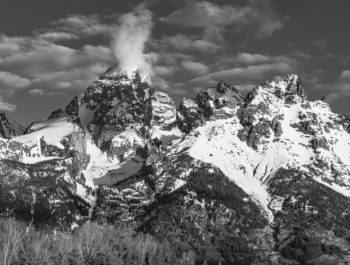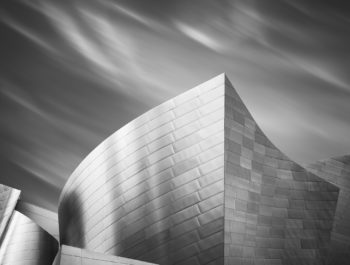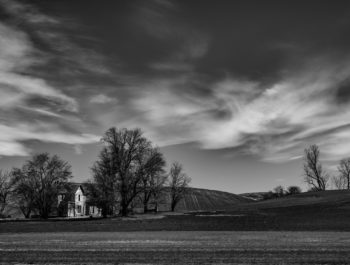Photography, Therapy and Red Wine
“You don’t make a photograph just with a camera. You bring to the act of photography all the pictures you have seen, the books you have read, the music you have heard, the people you have loved.” – Ansel Adams
In his video “Three Guys Talking About Photography” Kevin Raber says: “Photography – for me it’s my passion, it’s my joy, the one thing I have fun with, it saves me on therapy bills and, you know, I get to drink a lot of wine when I am processing my images.”
I can subscribe to all that, and even though I do not know too much about wine, but I like french red when I am editing and writing. What I do feel most passionate about in that quote is the therapy bit. Now I don’t know whether Kevin is seeing a shrink and less so because he is enjoying photography. One thing I do know is that it changes all of us who are what they call “serious” about this. We have been changed forever and will continue to change as we keep recording the world around us and along with it the world inside of us.
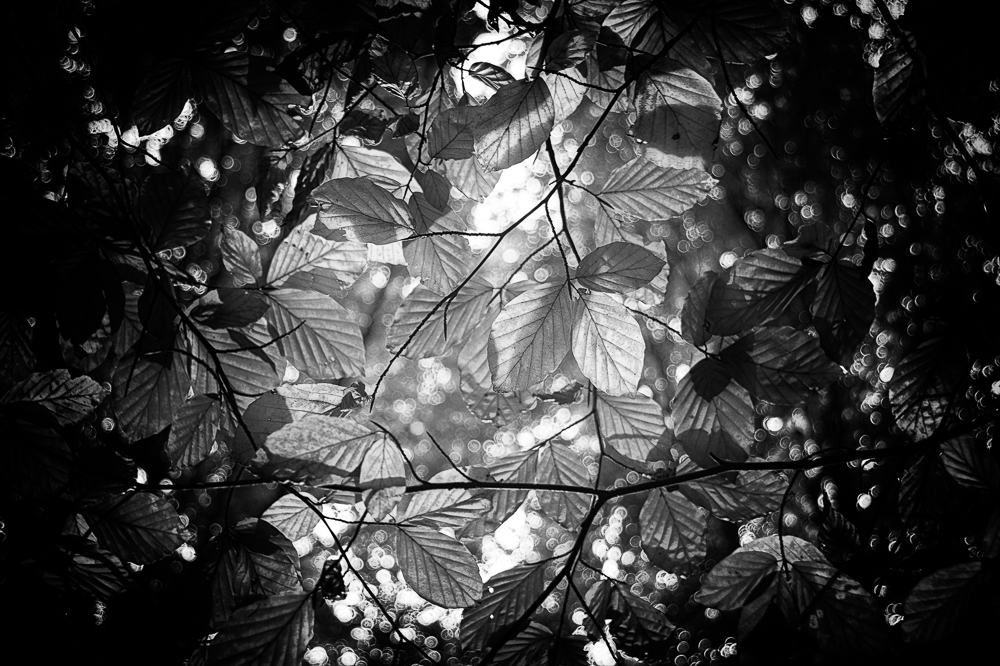
The beauty of it is that you don’t need high-end gear to do so. Any camera will do to get you started. What matters even more than the gear is to get infected by the ideas, the thought process, the philosophy of those who went before you. So all you really need is a camera and a library card (or just internet access as this is the 21st century). You will find images you like, photographers you like, their biographies and articles about what they had to say about how they got to where they are. Or were.
It is no question that you will have to learn how to operate your particular gear, that you will have to learn about general photography techniques. All of which you can do on your own (I have downloaded about half of YouTube to do this) or actually study it at university, art school or workshops. Either way, eventually you will be exposed to photography history and the likes of Alfred Stieglitz, Ansel Adams, Edward Weston, Paul Strand and everybody after that leading up to the current day and you.
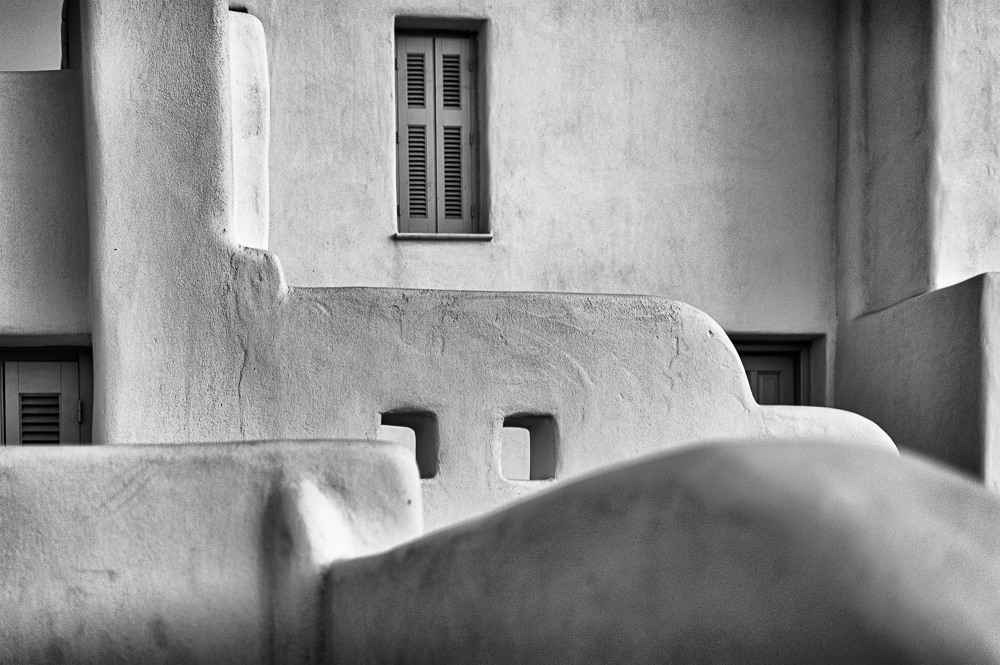
It is not only interesting to find out what it is you like and to find your place in all of this. To realize what influences you in the images you are creating to get a sense of direction, of where you are going with this. Not to be able to sound intelligent as you are trying to come up with a somewhat decent speech for your first gallery show opening. This is just for you. Just for you is good enough. Because having this will help you when you get to the next part.
And that part would be to realize that while you are getting more and more into this, your photography and you are feeding off each other. A better you will create better photography. And better photography will create a better you. And realizing that will give you an opportunity to work on both. By doing things consciously in both photography and life, which will eventually be hard to separate. At some point, you actually can’t anymore. Really, you just can’t.
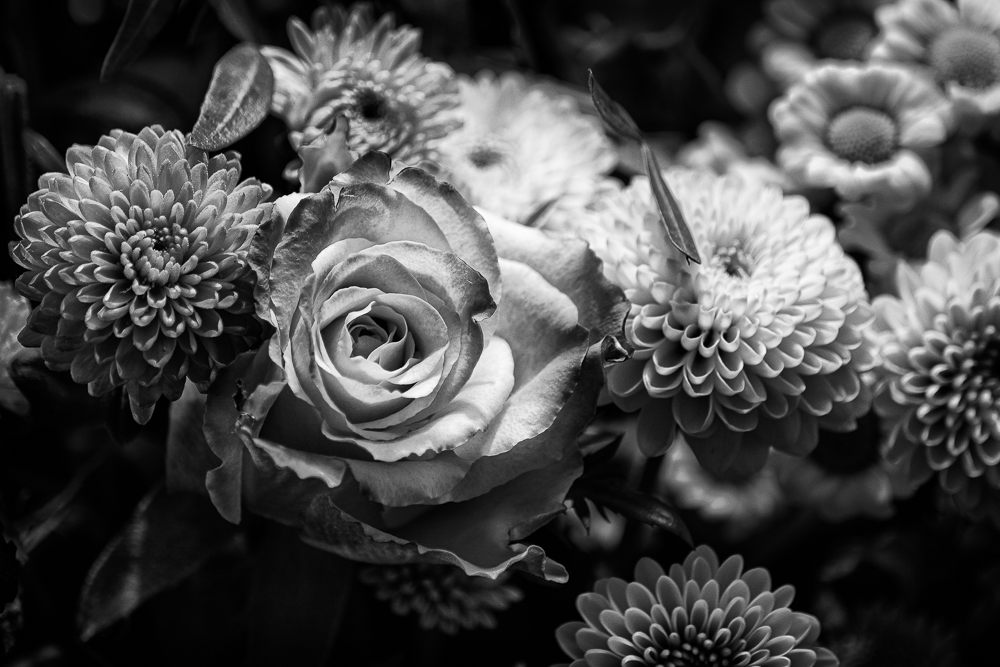
“One doesn’t stop seeing. One doesn’t stop framing. It doesn’t turn off and on. It’s on all the time.” – Annie Leibovitz
And that’s really where the therapeutic aspect that Kevin was jokingly talking about, kicks in, even if it’s not on your prescription. With the quote by Ansel Adams above in mind, look at images you have taken when you let photography into your head and ever since then. Granted, they will differ because of new gear you acquired and/or techniques you have learned. But it is interesting to see in what situation you were at the time, what happened in your life, how you felt. Because if you feel anything at all, it will show in those images who you were then and who you are now.
So you came from realizing what touches you to defining why it does that to finding out what of you is in your images, living a more conscious and therefore fulfilled life. That is the reason why we do this even if we don’t get paid and never sell a single print. If I only had those prints on the wall in my house, it would be okay with me. Those are my memories, the way I felt them, the stories how only I could tell them.
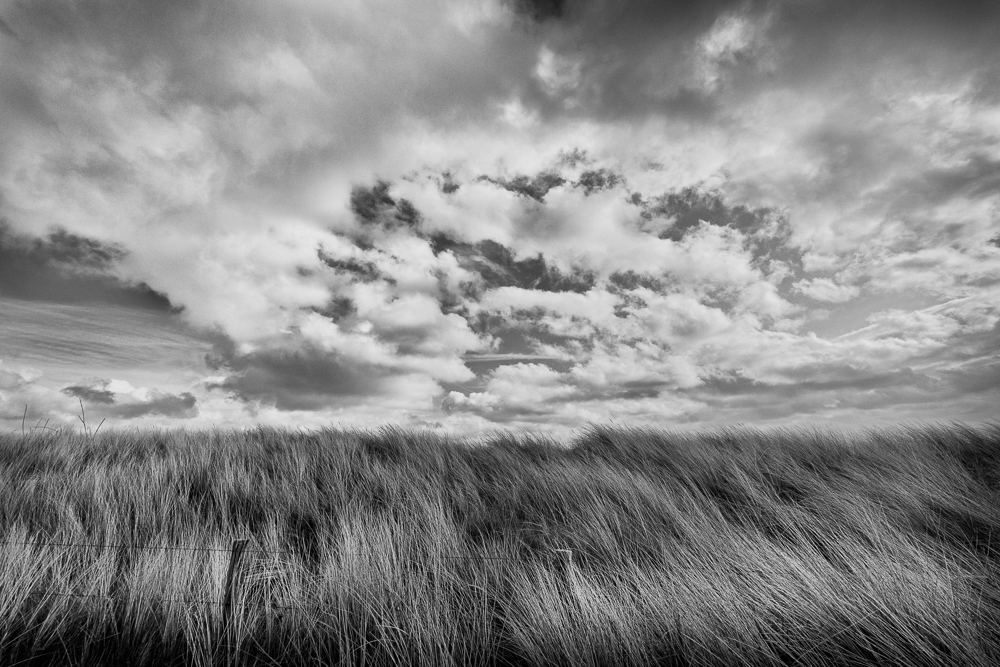
“Your photography is a record of your living, for anyone who really sees.” – Paul Strand
Taking this a step further means publishing those images, telling your stories to the world hoping anybody will care. Baring your soul like this is something brave as you are making yourself vulnerable in doing so. But as far as I can tell, the risk is totally worth it.
See, I am a picture maker, I don‘t like calling myself an artist. Art is such a vague term, how should it describe me or what I am doing? I’m having a hard time describing myself as it is. And if so, I do I like sharing the task of describing myself. I give you an image and you tell me who I am. Because I am in there and if I gave it my best making it, and you gave it your best looking at it, you might reward me with the best of reactions. Laughing and crying at the same time. So happy to have seen it and so touched by it.
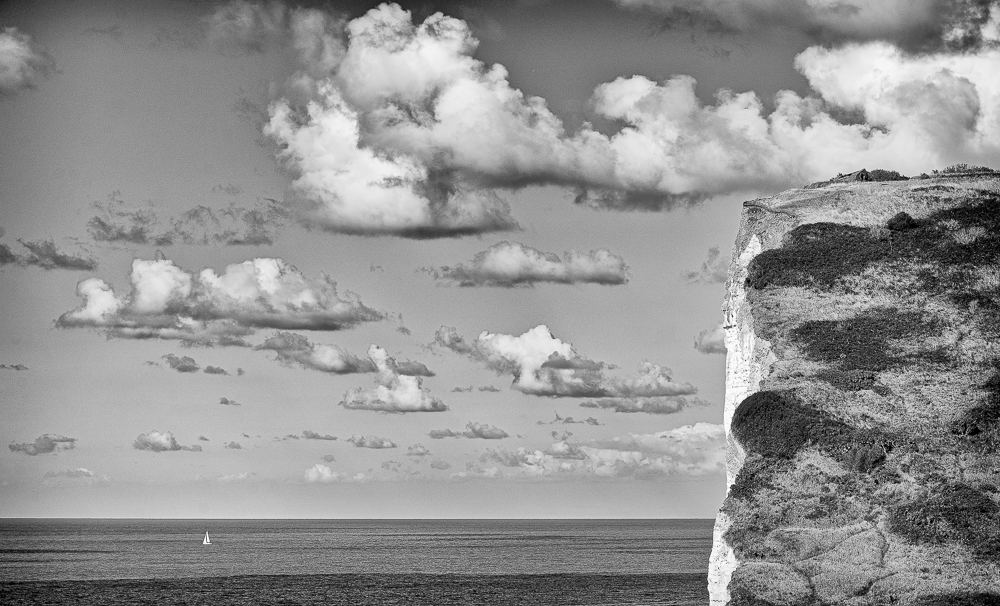
“Photography for me is not looking, it’s feeling. If you can’t feel what you’re looking at, then you’re never going to get others to feel anything when they look at your pictures.” – Don McCullin
I remember a day when a woman I had never seen before came into my studio, looked at my images and stood in front of one for quite some time. Then she came over to me and said that she didn’t know what it was, but something in that image spoke to her, stirred up a memory inside her. Any bad comment on 500px or Flickr, any criticism about what I ever had done creatively was forgotten instantly. If I can touch somebody like that, I can’t be that bad at what I do. And looking back on my life, the ups and downs, the drama and the joy, I must have done something right. That’s what I thought when that lady left the studio leaving me behind with a sense of gratefulness. And a bottle of red …
Holger Mischke
December 2019
Viersen, Northrhine-Westphalia
I am a writer, musician, photographer, and other things. There is no single word for all this, I guess it's just ME. When it comes to photography, I tend to work exclusively in black and white. I am mostly self-taught but was fortunate enough to get a chance to work with Harold Davis and Paul Hill. I like to find the images halfway around the world on the photo tours I lead but also in my backyard.






